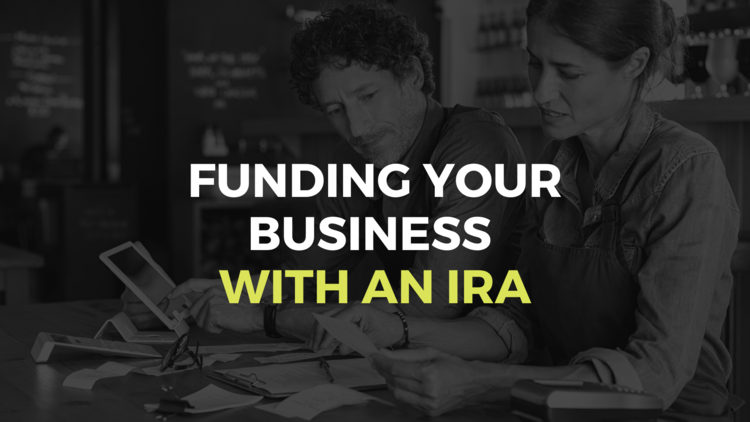Funding Your Business with an IRA
For serial entrepreneurs or veteran business owners, liquidity can be a common obstacle for funding new ventures. Generally, liquid assets (like cash or securities) are either tied up in the business or in retirement accounts, making them difficult to access (before age 59 1/2 at least).
For business owners under the age of 59 1/2 who have accumulated substantial assets in tax-deferred accounts (like an IRA or 401k), there is actually a way to fund a business with retirement account assets without incurring taxes & penalties.
It is called a Rollover for Business Startups (ROBS).
What is a ROBS?
A ROBS is more of an arrangement, or an approach to a transaction, than it is an IRS-defined retirement account. A ROBS is essentially a method in which a business owner can utilize funds from a tax-deferred account to provide capital to the business, without incurring withdrawal penalties or triggering a taxable event.
First, the new business venture is set up as a C-corp (so that it can issue shares). A 401(k) plan would then be set up for that company. The owner could then roll his/her tax-deferred funds into that 401(k) and use those funds to purchase shares of the company; thereby, providing cash to the business with tax-deferred money, without any taxes or penalties. Basically, instead of using your 401(k) to invest in Apple, you're investing in your own company.
Although the IRS does not identify this as a tax-avoidance strategy, it is often scrutinized by the IRS and therefore requires precise planning. Before we get into the risks of a ROBS, let's look at some of the benefits.
The Benefits of a ROBS
As mentioned above, the primary benefit to using this strategy is that business owners can avoid taking out a loan or raising outside capital to fund a new venture, without any tax consequences. They can utilize funds they already have saved. This means no impact on personal credit and no paying interest. This also means that when the owner sells the business, gains from that sale can be tax-deferred, since the shares are held by the retirement account.
The Risks of a ROBS
Of course, these benefits come with some sizeable risks. First, this opens up your business to a higher risk of being audited. While this is a permitted transaction, the IRS looks closely at these businesses to ensure compliance. If IRS standards aren't met, it could mean heavy taxes and penalties for the business owner.
It's also an administrative hassle to establish and maintain. Your business needs to be set up as a C-corp and a 401(k) will need to be administered (which comes with its own set of compliance standards). A ROBS provider can help manage all of this (more on that below), but it's costly and if anything goes wrong, you're still on the hook as the owner of the business.
Finally, if your business fails, the retirement funds you used to fund the business are gone. Depending on your situation, this could jeopardize your personal retirement plan. So that is a risk you'll need to seriously evaluate.
Utilizing a ROBS Provider
Fortunately, ROBS providers exist to help establish and maintain the ROBS under the appropriate standards. Most providers will help you set up the corporation, establish the 401(k), issue the shares, and manage the ongoing regulatory filings. But it is costly. On average, the upfront setup cost is usually around $5,000 with monthly maintenance $75 - $150 monthly. However, having a team of experts to monitor compliance is usually worth it in these situations.
Here are some of the most popular ROBS providers:
Before You Try This…
Talk to a professional. This type of transaction, while useful in some situations, comes at a risk. Trying to execute this on your own could mean having to work for many years past your anticipated retirement date, or worse….pay the IRS more than you have to!

